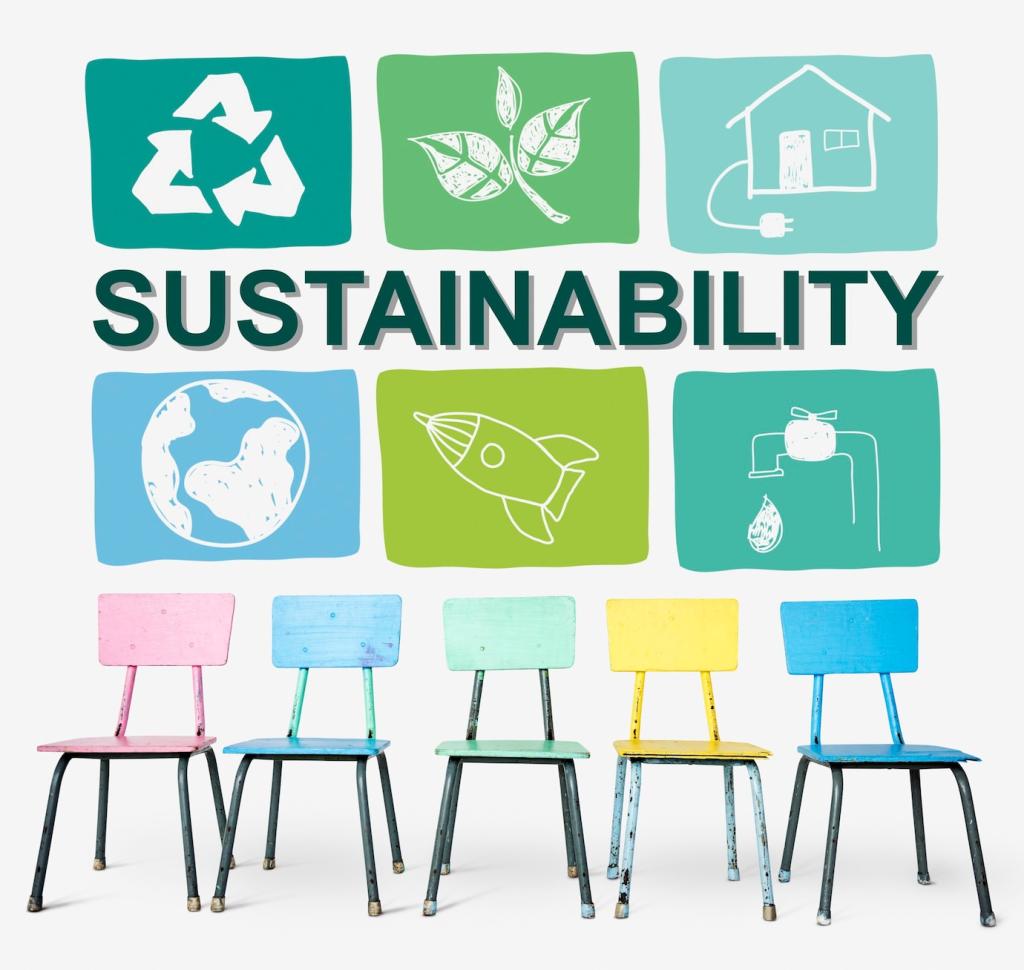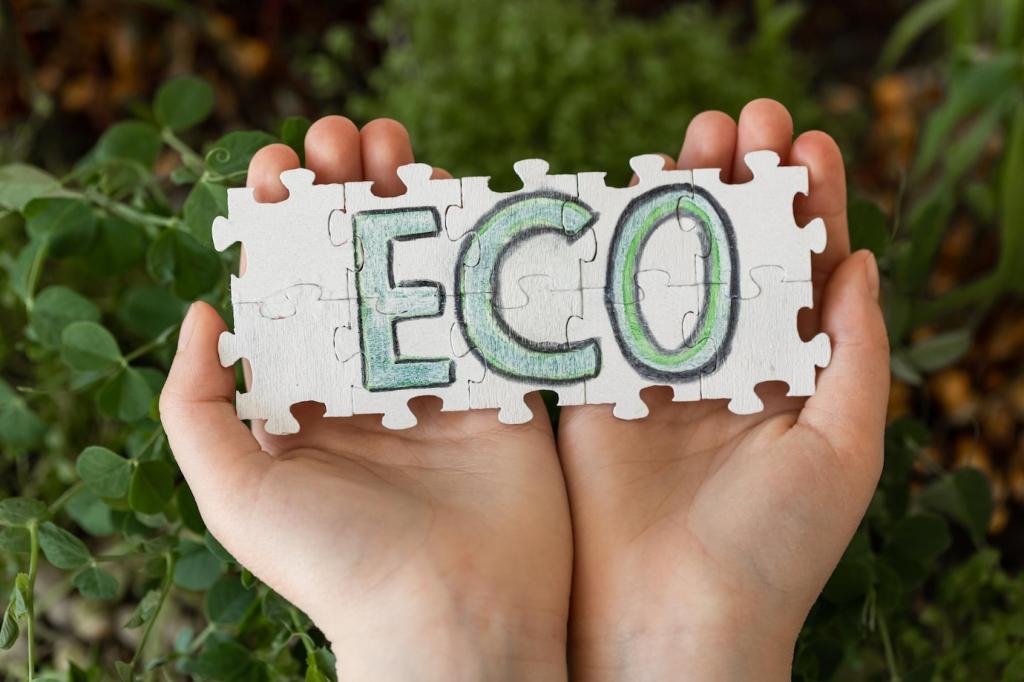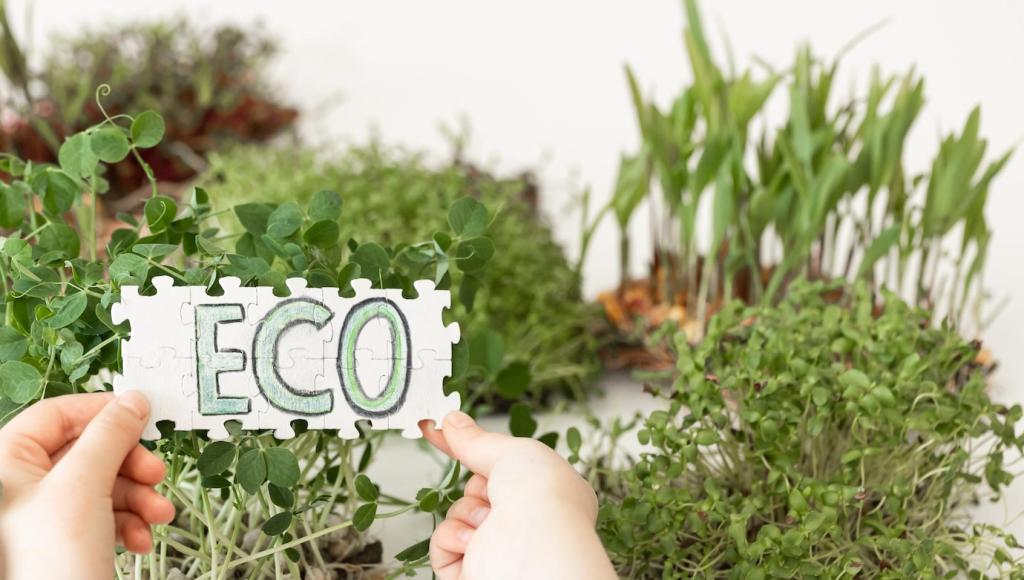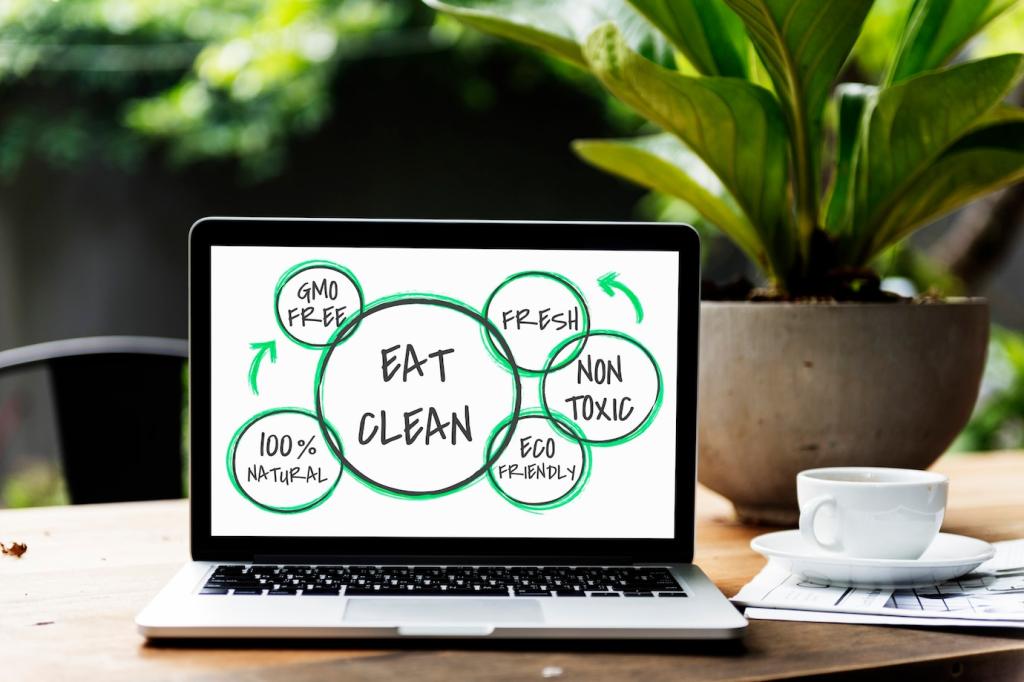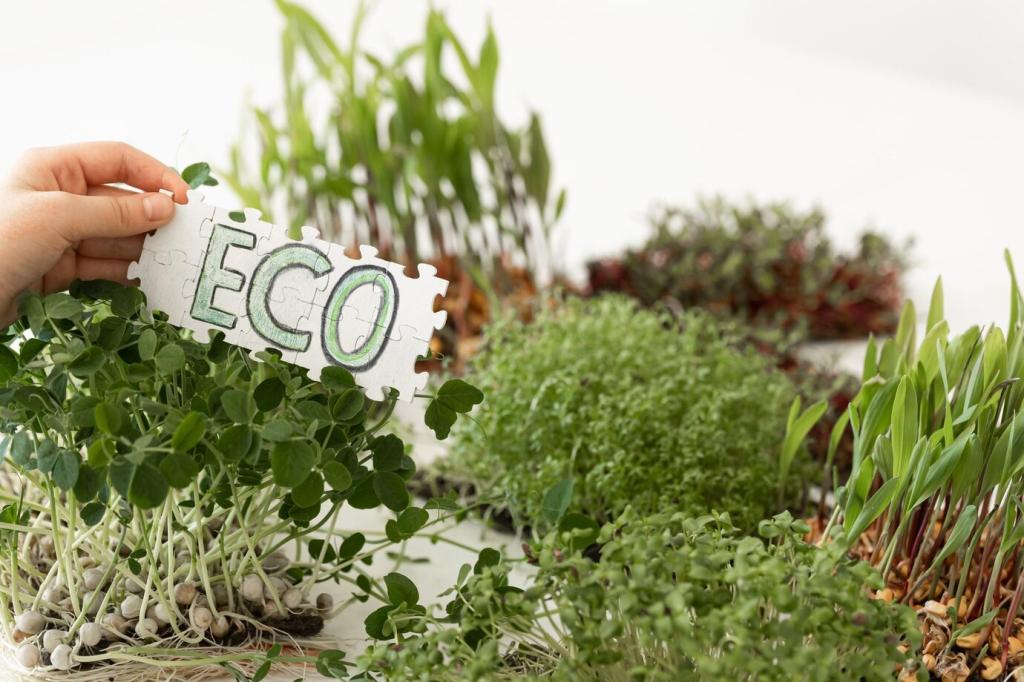Location, Transportation, and Site: Live Well Beyond the Walls
Close to transit and daily needs, your home enables fewer car trips. Light-colored roofs, shaded hardscapes, and trees reduce heat islands. These choices lessen summer peaks, increase comfort outdoors, and earn LEED points that reflect a home’s real-world environmental footprint.
Location, Transportation, and Site: Live Well Beyond the Walls
Secure bike storage and convenient EV charging make low-carbon trips easy. Right-size parking to discourage excess driving. These simple, visible features empower everyday behavior change and help your project capture LEED credits linked to transportation and emissions reduction.




